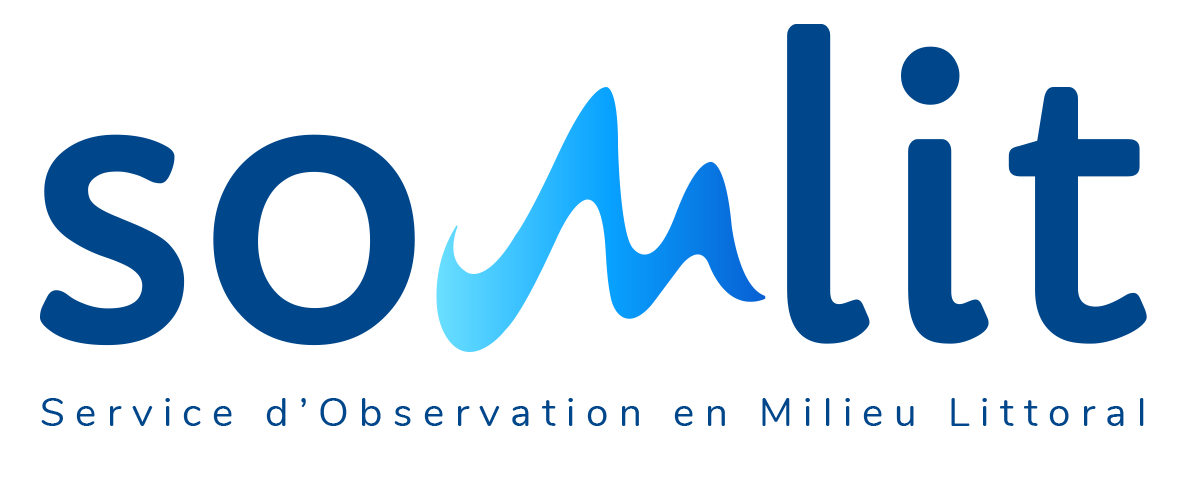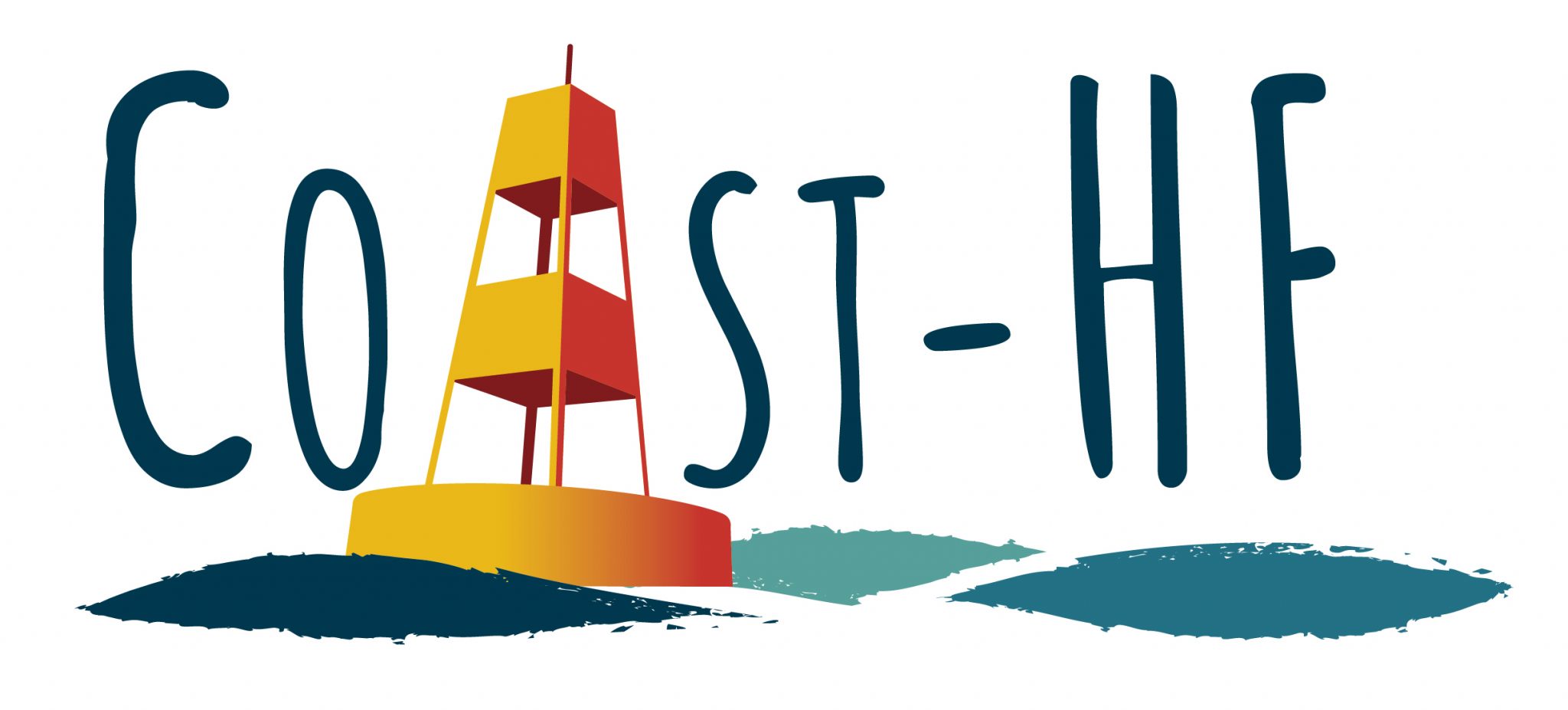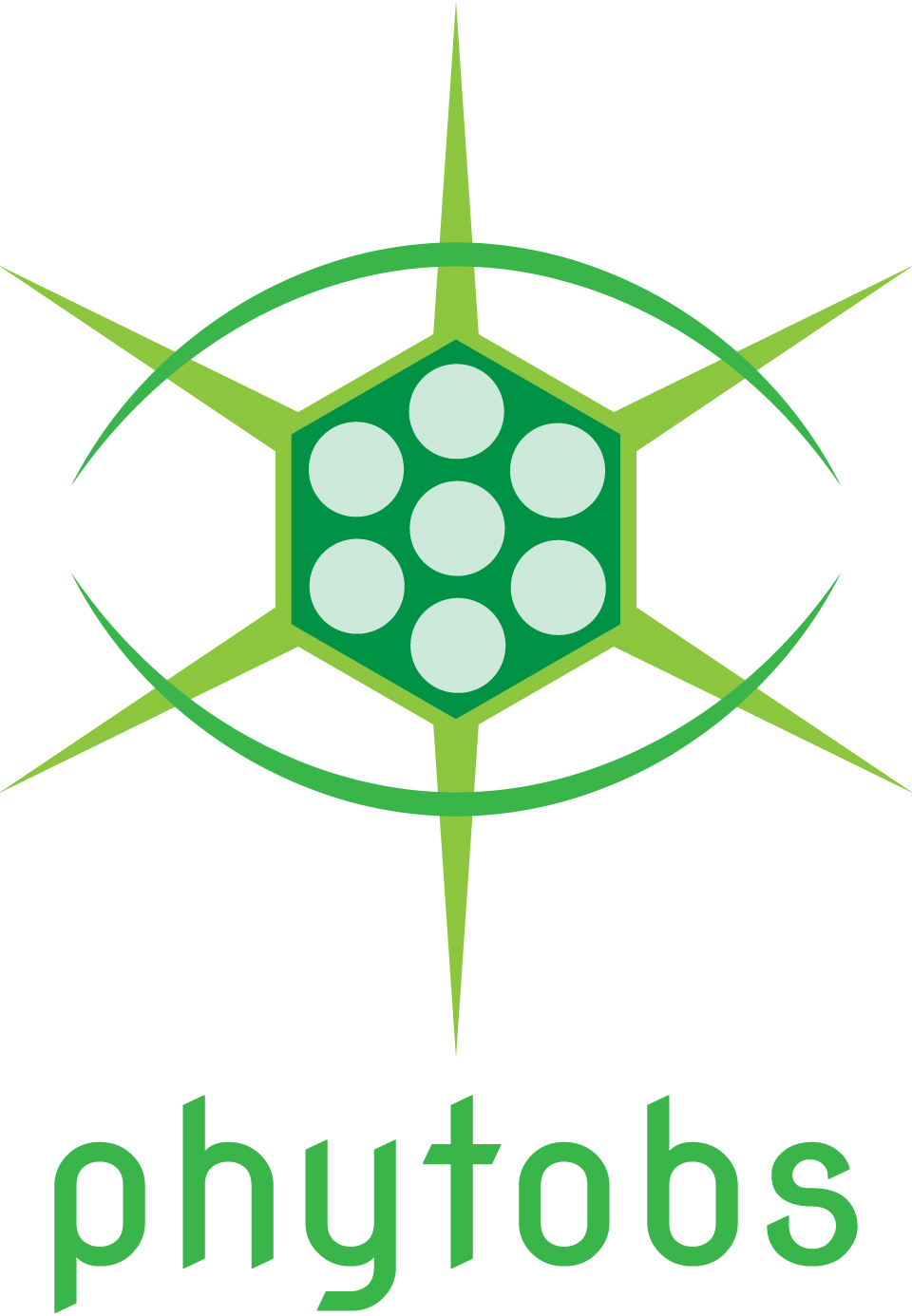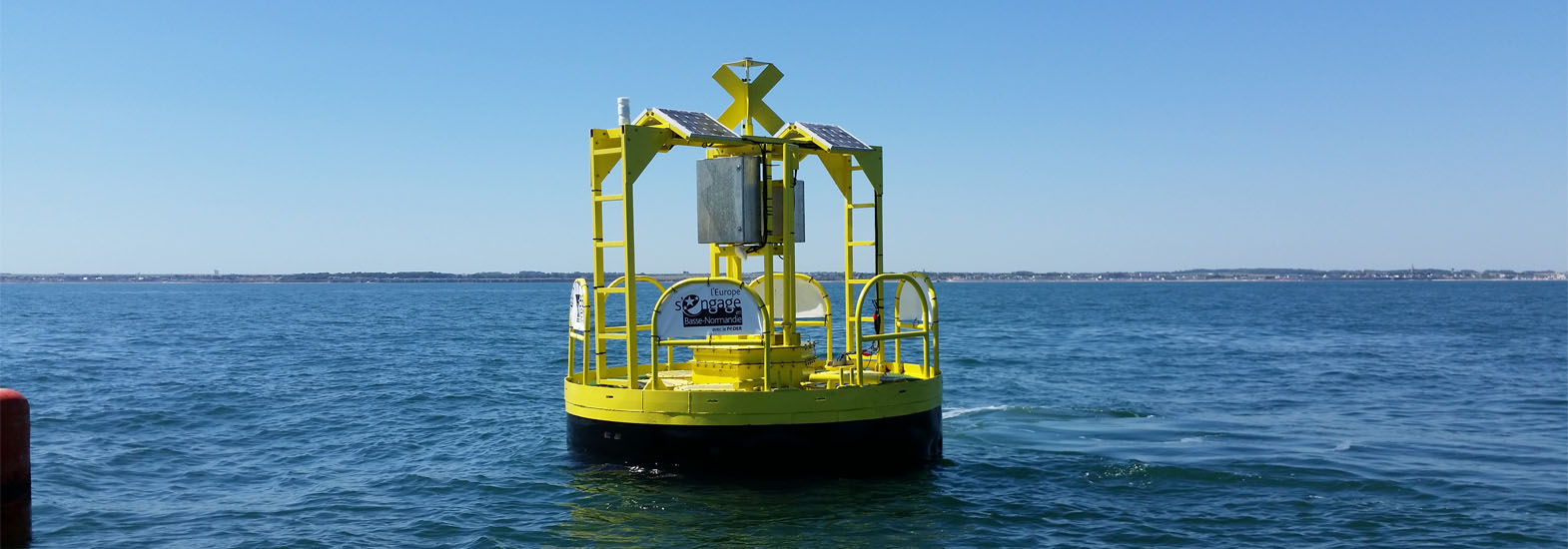
The CREC – Marine Station is heavily involved in the observation of coastal ecosystems. This work is part of a national approach that is structured at the IR ILICO (coastal and coastal research infrastructure) level and aims to observe and understand coastal and marine environments and ecosystems as a whole. Thus, ILICO brings together a set of observation devices to collect samples and deploy different measuring instruments by uniting several observation services, known as "basic networks". Three of these labelled networks are implemented at CREC – Marine Station. They support many research programmes, regionally, nationally and in Europe.
blank
SOMLIT
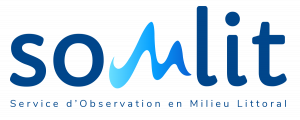
SOMLIT, a network that has been certified since 2007, is an observation service that aims to improve the understanding of the functioning and evolution of coastal and coastal ecosystems in response to natural and anthropogenic environmental constraints by study of medium- and long-term series. The approach is multi-parametric and multi-ecosystem.
- Objectives: To detect changes in coastal and coastal ecosystems over the long term and to quantify the influences of climate and anthropogenic variability.
- Missions: Acquire in a homogeneous and coordinated manner a set of parameters common to all observation sites; Making data accessible to the community Facilitate the comparative studies of long-term series on the three facades of the French coastline.
- At CREC – Marine Station SOMLIT has been in place since 2007. Two sampling sites are labelled.
- Scientific officer: pascal.claquin@unicaen.fr
COAST-HF
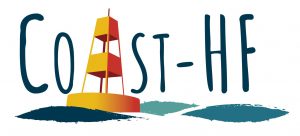
COAST-HF is a network labelled since 2018 that aims to unite and coordinate on the scale of the French coastline a set of fixed platforms instrumented with high frequency in situ measurements for key parameters of coastal waters
- Objectives: To analyze and understand currents, hydrological structure, exchanges and evolution of biological compartments of the coastal environment
- Missions: Collect continuous high-frequency observations over the long term
- At CREC – Marine Station the SMILE instrumented buoy jointly implemented between the University of Caen Normandie and IFREMER since 2016 is part of the national COAST-HF network.
- Local scientific officer: pascal.claquin@unicaen.fr
PHYTOBS
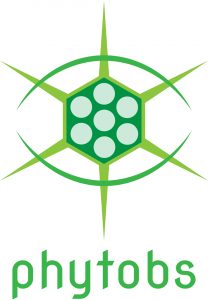
PHYTOBS, a network that has been certified since 2018, aims to build a national network of microphytoplankton observation devices whose main characteristics are high sampling frequencies and many parameters measured, including the total phytoplankton estimate. The PHYTOBS network combines the resources and skills of Ifremer, CNRS and universities.
- Objectives: To study all phytoplankton species and the associated hydrological context in order to analyze the responses of phytoplankton communities to environmental changes, to assess the quality of the coastal environment through indicators, define ecological niches, and detect variations in phenology. PHYTOBS also aims to make the scientific community work in synergy and enables, through networkwork, the dissemination and strengthening of skills
- Missions: To understand and improve knowledge of biomass, the abundance and composition of marine phytoplankton in coastal and lagoon waters and the associated hydrological context
- At CREC – Marine Station, phytoplankton flora analyzed since 2012 at the SMILE buoy site (i.e. point B SOMLIT) is labelled as part of the national PHYTOBS network.
- Local scientific officer: juliette.fauchot@unicaen.fr


